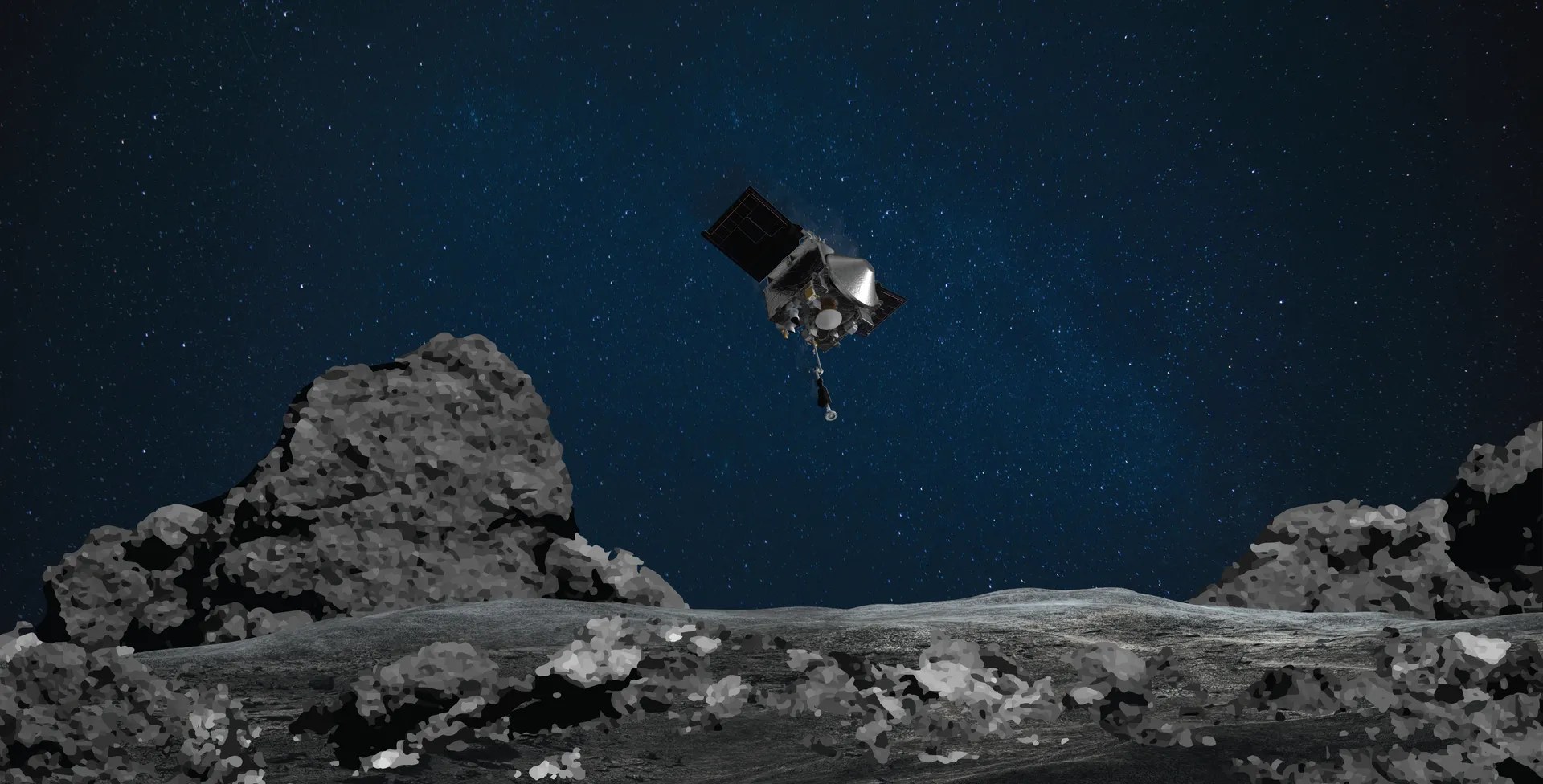What Asteroids Can Teach Us About Climate Change
Scientists Are Aware of the Perils of Near-Earth Objects and Rising Temperatures. Humanity Can’t Come Together to Deal With Them
On June 30, 1908, a sudden blast knocked down over 2,000 square kilometers of forest in a sparsely inhabited part of Siberia. Witnesses saw a fireball from hundreds of miles away. At least one Indigenous Evenki man, and possibly two more, perished, and several individuals suffered minor injuries.
No one could find a meteorite or a crater near the site of what is now known as the Tunguska explosion. The absence fueled rampant speculation about its cause, with everything from aliens to antimatter considered as possible culprits. But by now, most …





